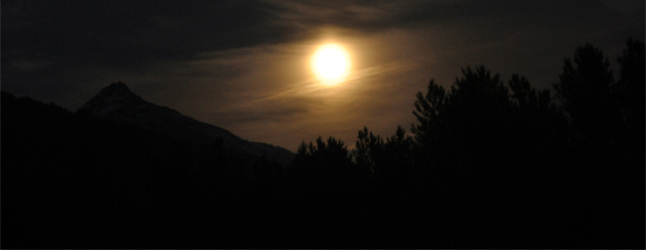Break out your camera! In June of last year, a full Moon made headlines as a “supermoon” because it was 14% bigger and 30% brighter than other full Moons of 2013. Around the world, people went outside to marvel at its luminosity.
If you thought one supermoon was bright, how about three? The full Moons of summer 2014 — July 12, August 10, and September 9 — will all be supermoons.
According to the US National Aeronautic and Space Administration, the scientific term for the phenomenon is “perigee moon.” Full Moons vary in size because of the oval shape of the Moon’s orbit. The Moon follows an elliptical path around Earth with one side (“perigee”) about 50,000 kilometres closer than the other (“apogee”). Full Moons that occur on the perigee side of the Moon’s orbit seem extra big and bright.
This coincidence happens three times in 2014. On July 12 and September 9 the Moon becomes full on the same day as perigee. On August 10 it becomes full during the same hour as perigee — arguably making it an extra-super Moon.
The Globe & Mail published some excellent simple tips for shooting the moon from staff photographer John Lehmann.
If you plan on taking photos you’ll need a high-resolution DSLR camera and a telephoto lens like 300mm or longer, he said.
According to Lehmann, you don’t need a tripod. A monopod or just hand holding the camera will work because the Moon itself will be as bright as a cloudy day. Use a shutter speed of 1/60 second or higher or the Moon will streak as it moves across the sky. If you want a crisp-looking image open your lens aperture as wide as possible, employ a low ISO and the highest shutter speed you can manage.




